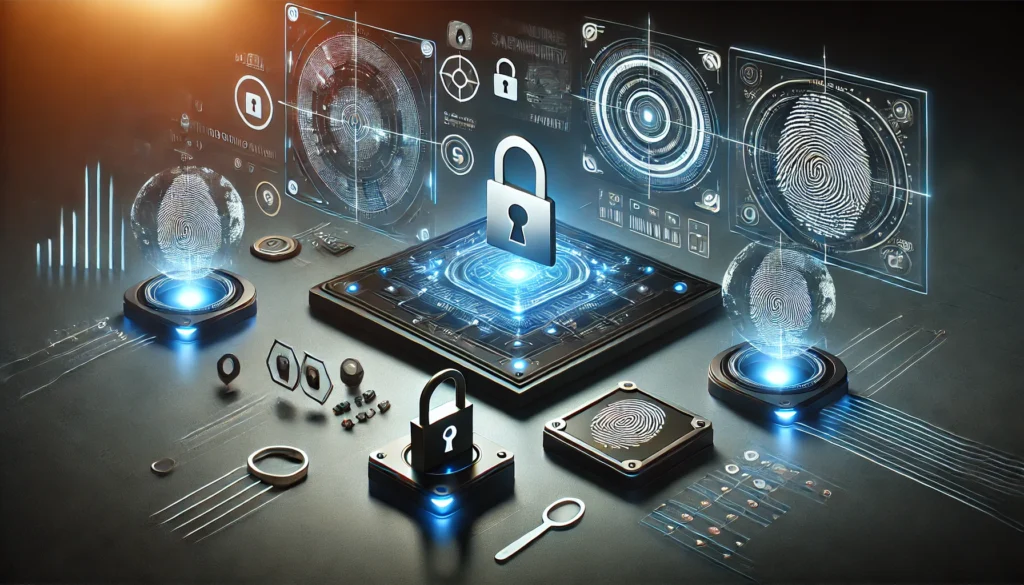As digital banking grows, so do cybersecurity threats. Fraudsters stole $8.8 billion in 2023 (FBI IC3 Report), with online banking scams increasing by 23%. But how secure are online banking apps? Modern neobanks and traditional banks are fighting back with advanced security tech.
This guide covers:
How secure online banking apps are
Latest fraud prevention measures
Best practices to protect your accounts
1. How Secure Are Online Banking Apps?
Digital banks use military-grade security, often exceeding traditional banks:
1.1 Encryption Standards
- 256-bit AES encryption (same as governments)
- TLS 1.3 protocols for data transfers
- Tokenization replaces card numbers with random codes
🔐 Example: Revolut uses biometrics + device fingerprinting.
1.2 Fraud Detection Systems
- AI monitors 200+ risk factors (location, spending habits)
- Behavioral biometrics track typing speed, swipe patterns
- Real-time alerts for suspicious activity
📌 Source: NIST Digital Identity Guidelines
2. Digital Bank Fraud Prevention Tips

2.1 Essential Security Settings
| Feature | Why It Matters | How to Enable |
|---|---|---|
| Biometric Login | Stops 99% of password hacks | Settings → Security → Face/Fingerprint ID |
| Transaction Notifications | Catches fraud immediately | Turn on SMS/email alerts |
| Card Freezing | Instantly blocks stolen cards | App → Card → Toggle “Freeze” |
2.2 Advanced Protections
- Virtual cards (single-use numbers) – Privacy.com
- Whitelisting (only allow transfers to pre-approved accounts)
- Time-bound access (e.g., limit transfers to business hours)
📌 Pro Tip: Have I Been Pwned? checks if your email is in data breaches.
3. Best Practices for Safe Online Banking
3.1 Password & Authentication
- Never reuse passwords – Use a manager like Bitwarden
- Enable 2FA everywhere – SMS is good, authenticator apps (Google/Microsoft) are better
- Beware SIM swap scams – Set a PIN with your mobile carrier
3.2 Phishing & Social Engineering
- Bank impersonators stole $2.7B in 2023 (FTC)
- Red flags: Urgent “account frozen” messages, fake customer support numbers
- Verify contacts – Always call back using official website numbers
3.3 Device Security
- Update apps/OS monthly – Patches 85% of vulnerabilities (CISA)
- Avoid public WiFi – Use a VPN like ProtonVPN
- Install antivirus – Malwarebytes blocks banking trojans
Infographic: Online Banking Security Checklist
- 🔒 Biometric login only
- 📱 Use banking apps (not browsers)
- 🛑 Freeze unused cards
- 🔔 Enable all alerts
- 💳 Generate virtual cards for online shopping
4. What to Do If Hacked

- Immediately freeze cards via your banking app
- Change passwords + revoke sessions (check active logins)
- File reports with:
- Your bank’s fraud department
- FTC IdentityTheft.gov
- Local police (for insurance claims)
📌 Note: FDIC insures up to $250,000 per account at licensed banks.
5. Most Secure Digital Banks (2025)
| Bank | Top Security Features |
|---|---|
| Chase | Voice authentication, AI scam detection |
| Revolut | Disposable virtual cards, location-based locks |
| SoFi | Device fingerprinting, $2M fraud protection |
🔍 Compare more: Consumer Reports Banking Safety Ratings
Key Takeaways
Digital banking is safer than cash if you use security features
AI + biometrics stop most fraud automatically
You’re the weakest link – Avoid phishing & update devices
💡 Action Step: Spend 10 minutes today enabling:
- Biometric login
- Transaction alerts
- Virtual cards for online shopping
Had a close call with fraud? Share how you caught it below! 👇
For more information on digital banking check out our post: How to Secure Your Digital Banking Experience: Tips and Best Practices




При правильном подходе хрумер прогон помогает улучшить позиции сайта в поисковой выдаче.